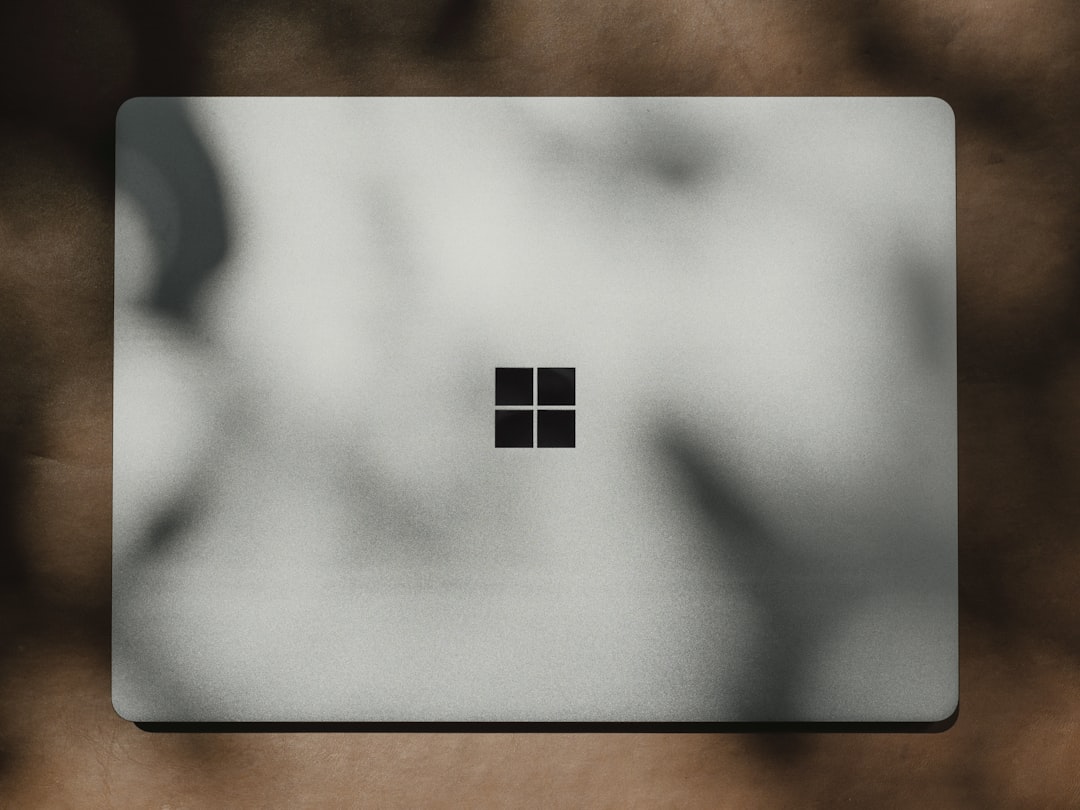Have you ever opened your Windows 11 computer only to be greeted by a blurry or fuzzy screen? Whether it’s text that appears smudged or apps that seem low-resolution, a blurry display can make your computing experience incredibly frustrating. Luckily, there are several simple and effective ways to resolve this issue without needing advanced technical knowledge.
Blurry screens on Windows 11 can be caused by a multitude of reasons, including incorrect display settings, scaling problems, outdated drivers, or even app-specific issues. In this guide, we’ll dive into the most common solutions so you can get your screen crystal clear once again.
1. Adjust Display Scaling Settings
One of the most common causes of a blurry screen is improper scaling. This especially affects displays with high resolutions where Windows tries to scale text and UI elements.
Here’s how to fix it:
- Right-click on the desktop and select Display settings.
- Scroll down to the “Scale and layout” section.
- Try different scaling percentages like 100%, 125%, or 150%.
- If any text or apps appear blurry, click on Advanced scaling settings and enter a custom scaling size.
After applying the changes, it’s often a good idea to sign out and sign back in to ensure the new settings take effect across the system.

2. Enable ClearType for Sharper Text
If the issue lies primarily with text readability, enabling ClearType can make a big difference. ClearType is a text rendering feature that makes text appear sharper on LCD monitors.
To turn on ClearType:
- Type ClearType in the Windows search bar and select Adjust ClearType text.
- Ensure the box labeled Turn on ClearType is checked.
- Click Next and follow the on-screen guide to fine-tune text clarity.
This is a quick fix that often improves the legibility of fonts across browsers, documents, and apps.
3. Update or Reinstall Graphics Drivers
Outdated or corrupted graphics drivers can cause display issues, including a blurry or flickering screen.
Steps to update your graphics driver:
- Right-click on the Start button and select Device Manager.
- Expand the Display adapters section.
- Right-click your graphics card and choose Update driver.
- Select Search automatically for drivers.
If updating doesn’t help, you may need to download the latest drivers directly from the manufacturer’s website (e.g., NVIDIA, AMD, or Intel).
4. Check App Compatibility Settings
Some older or poorly optimized applications may appear blurry even when Windows is set up correctly. You can fix this on a per-app basis.
To fix blurry apps:
- Right-click on the blurry app and select Properties.
- Go to the Compatibility tab.
- Click on Change high DPI settings.
- Check the box for Override high DPI scaling behavior and select System (Enhanced).
- Click OK to apply the changes.

5. Set Native Resolution
Using a display resolution that’s not native to your monitor can result in pixelation and blurriness.
To set the correct resolution:
- Go to Display settings by right-clicking the desktop.
- Under Display resolution, select the recommended resolution (often marked as “Recommended”).
This setting will ensure you are using the optimal resolution for your monitor, giving you the best image clarity.
6. Let Windows Try to Fix It Automatically
Windows 11 includes a handy built-in feature for dealing with blurry apps automatically.
To enable it:
- Navigate to Settings > System > Display.
- Click on Advanced scaling settings.
- Toggle Let Windows try to fix apps so they’re not blurry to On.
This option can be particularly helpful if only certain apps appear blurry while others do not.
Conclusion
Experiencing a blurry screen on Windows 11 doesn’t necessarily mean your PC is malfunctioning. In most cases, it’s a matter of display settings, scaling, or software configurations that can be easily adjusted. By following the solutions above, you can greatly improve screen clarity and ensure a more comfortable and productive user experience.
Don’t forget to stay on top of driver updates and system patches, as these can often contain fixes and improvements that automatically resolve such display issues.






